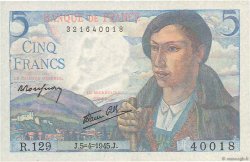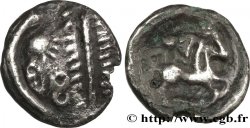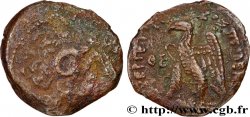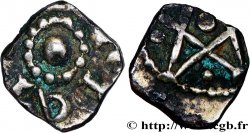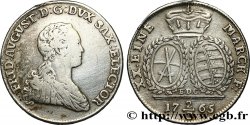v29_0794 - AXOUM - REGNO DI AXOUM - KALEB Monnaie d’argent aux portraits
MONNAIES 29 (2007)
Начальная цена : 200.00 €
Назначить цену : 320.00 €
Цена реализации : 250.00 €
Количество ставок : 2
Максимальная предлагаемая цена : 460.00 €
Начальная цена : 200.00 €
Назначить цену : 320.00 €
Цена реализации : 250.00 €
Количество ставок : 2
Максимальная предлагаемая цена : 460.00 €
Тип Monnaie d’argent aux portraits
Дата: n.d.
Металл: silver
Диаметр: 14,3 mm
Ориентация осей монеты: 12 h.
Вес: 0,68 g.
Редкость: R1
Комментарии о состоянии
Monnaie de frappe un peu molle sur un flan légèrement irrégulier, mais avec une surface irrégulière et granuleuse
Ссылки в каталоге: :
Лицевая сторона
Аверс: легенда: LÉGENDE EN GE’EZ.
Аверс: описание: Buste diadémé et drapé à droite, légende autour ; grènetis.
Аверс: перевод: (Roi Kaleb).
Обратная сторона
Реверс: легенда: LÉGENDE EN GE’EZ.
Реверс: Описание: Buste drapé à droite, la chevelure recouverte d'un bonnet décoré sur sa partie avant ; légende autour ; grènetis.
Комментарий
Sur ce type 111, les légendes ne sont plus en grec mais entièrement en ge'ez. Au revers, la légende de propagande décrit le roi mentionné au droit comme "donnant satisfaction à la ville et convenant au pays".
Les premières inscriptions en ge'ez (langue sémitique officielle de l'empire d'Axoum) datent du IVe siècle de notre ère. Un dialecte emprunté au ge'ez, l'amharique, prit le relais (dynastie de Choa). On ajouta de nouveaux caractères à l'ancien syllabaire. Ce système a une grande ressemblance avec les écritures de l'Inde où la voyelle est inhérente à la consonne.
On this type 111, the legends are no longer in Greek but entirely in Ge'ez. On the reverse, the propaganda legend describes the king mentioned on the obverse as \\\"giving satisfaction to the city and suiting the country.\\\" The first inscriptions in Ge'ez (the official Semitic language of the Empire of Aksum) date from the 4th century AD. A dialect borrowed from Ge'ez, Amharic, took over (Shoa dynasty). New characters were added to the old syllabary. This system bears a strong resemblance to the scripts of India, where the vowel is inherent to the consonant.
Les premières inscriptions en ge'ez (langue sémitique officielle de l'empire d'Axoum) datent du IVe siècle de notre ère. Un dialecte emprunté au ge'ez, l'amharique, prit le relais (dynastie de Choa). On ajouta de nouveaux caractères à l'ancien syllabaire. Ce système a une grande ressemblance avec les écritures de l'Inde où la voyelle est inhérente à la consonne.
On this type 111, the legends are no longer in Greek but entirely in Ge'ez. On the reverse, the propaganda legend describes the king mentioned on the obverse as \\\"giving satisfaction to the city and suiting the country.\\\" The first inscriptions in Ge'ez (the official Semitic language of the Empire of Aksum) date from the 4th century AD. A dialect borrowed from Ge'ez, Amharic, took over (Shoa dynasty). New characters were added to the old syllabary. This system bears a strong resemblance to the scripts of India, where the vowel is inherent to the consonant.







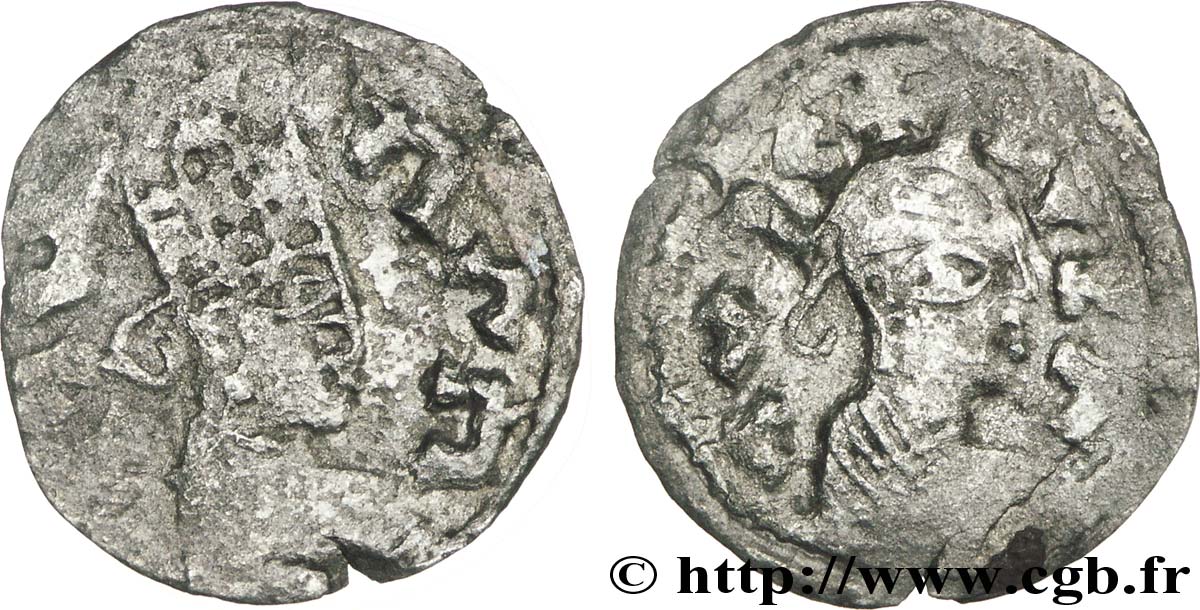
 Cообщить об ошибке
Cообщить об ошибке Распечатать страницу
Распечатать страницу Отправить мой выбор
Отправить мой выбор Задать вопрос
Задать вопрос Consign / sell
Consign / sell
 Информация
Информация